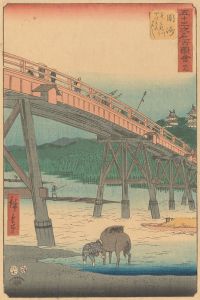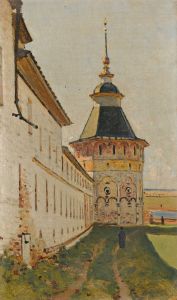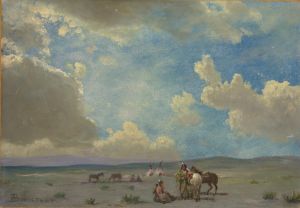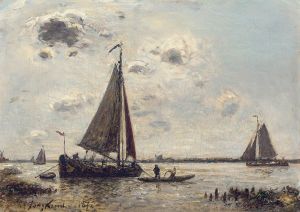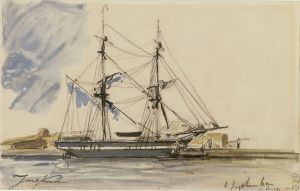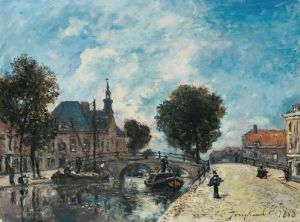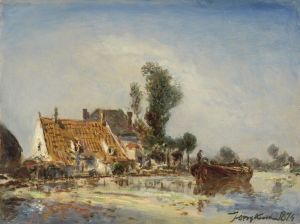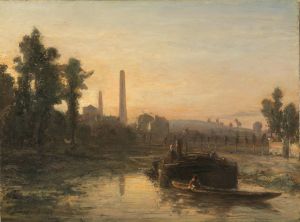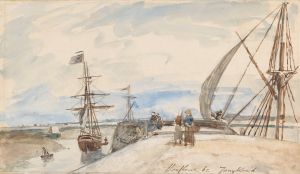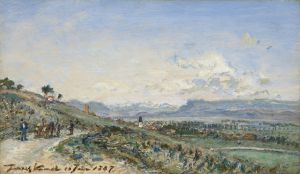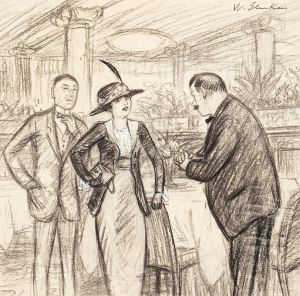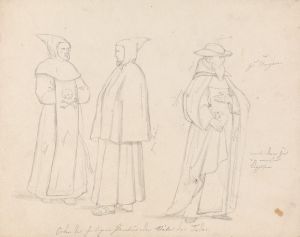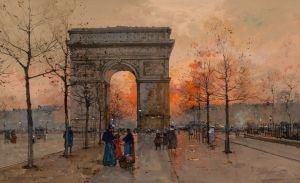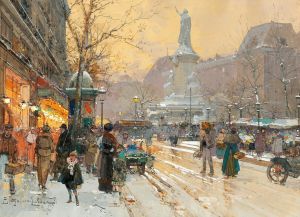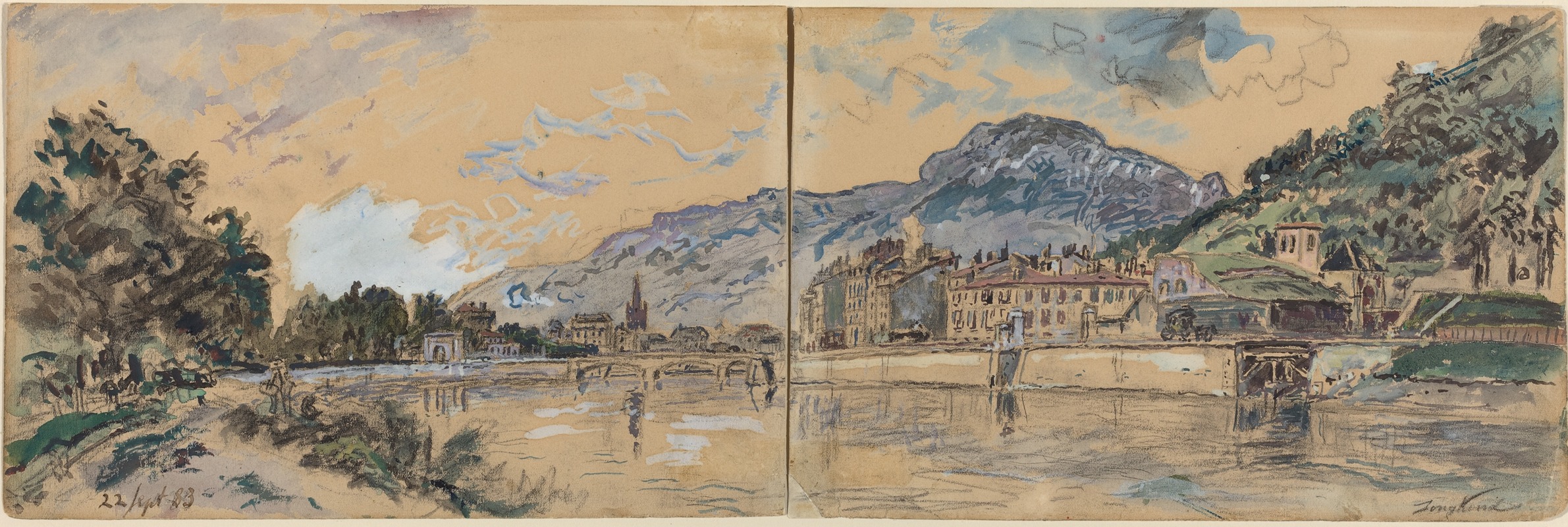
Grenoble
A hand-painted replica of Johan Barthold Jongkind’s masterpiece Grenoble, meticulously crafted by professional artists to capture the true essence of the original. Each piece is created with museum-quality canvas and rare mineral pigments, carefully painted by experienced artists with delicate brushstrokes and rich, layered colors to perfectly recreate the texture of the original artwork. Unlike machine-printed reproductions, this hand-painted version brings the painting to life, infused with the artist’s emotions and skill in every stroke. Whether for personal collection or home decoration, it instantly elevates the artistic atmosphere of any space.
Johan Barthold Jongkind (1819–1891) was a Dutch painter and printmaker, widely regarded as a precursor to the Impressionist movement. Known for his landscapes and marine scenes, Jongkind's works often captured the interplay of light and atmosphere, influencing artists such as Claude Monet. Among his notable works is the painting "Grenoble," which depicts a view of the French city of Grenoble.
The painting "Grenoble" was created in 1853 during Jongkind's time in France. At this point in his career, Jongkind was exploring the French countryside and urban landscapes, producing works that reflected his keen observation of nature and architecture. The painting portrays a panoramic view of Grenoble, a city located in southeastern France, surrounded by the Alps. Jongkind's depiction of Grenoble showcases his characteristic use of light and color to convey the mood and essence of the scene.
In "Grenoble," Jongkind employs a combination of precise detail and loose brushwork, a hallmark of his style. The painting captures the city's distinctive features, including its buildings, bridges, and the surrounding mountainous terrain. The composition is balanced, with the cityscape framed by the natural elements of the landscape. Jongkind's use of atmospheric effects, such as the play of light on the mountains and reflections in the water, demonstrates his mastery of capturing transient moments in nature.
Jongkind's work on "Grenoble" reflects his broader artistic approach, which blended elements of the Dutch landscape tradition with the emerging trends of 19th-century French painting. His ability to render scenes with both realism and a sense of immediacy earned him recognition among his contemporaries. Although Jongkind did not achieve widespread fame during his lifetime, his influence on the Impressionist movement is well-documented, particularly through his mentorship of younger artists like Monet.
Today, "Grenoble" is considered an important example of Jongkind's oeuvre and his contributions to the development of modern landscape painting. The painting is housed in the Musée de Grenoble in France, where it remains a testament to Jongkind's artistic vision and his connection to the region. Visitors to the museum can view the work alongside other pieces that highlight the evolution of 19th-century European art.
Jongkind's "Grenoble" continues to be appreciated for its technical skill and its ability to evoke the atmosphere of a specific place and time. It stands as a significant work in the history of art, bridging the traditions of the past with the innovations of the Impressionist era.





